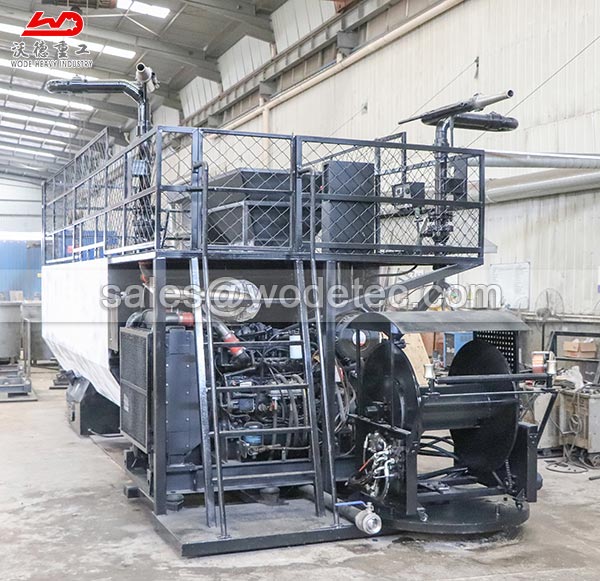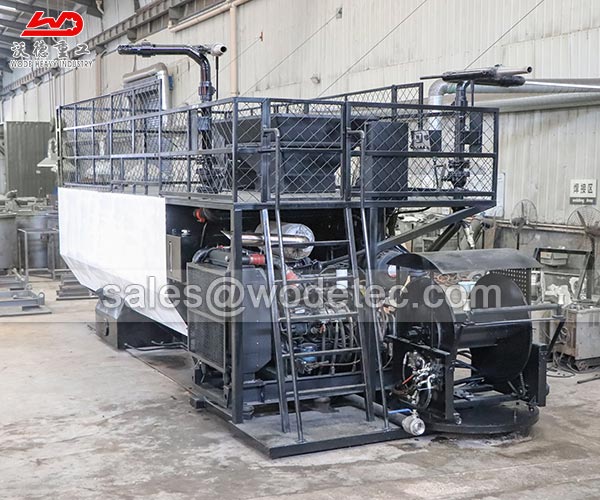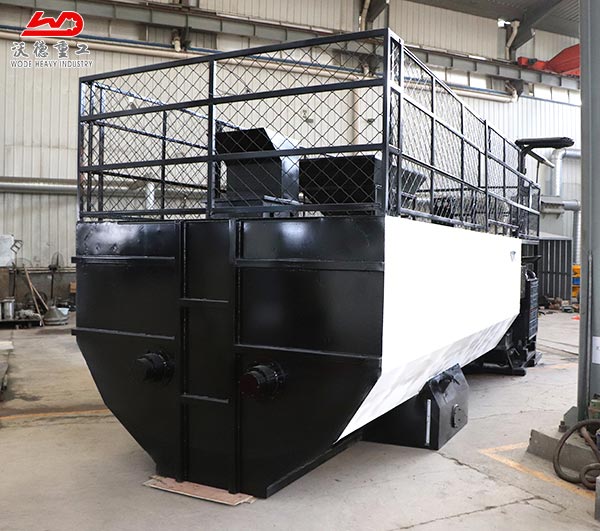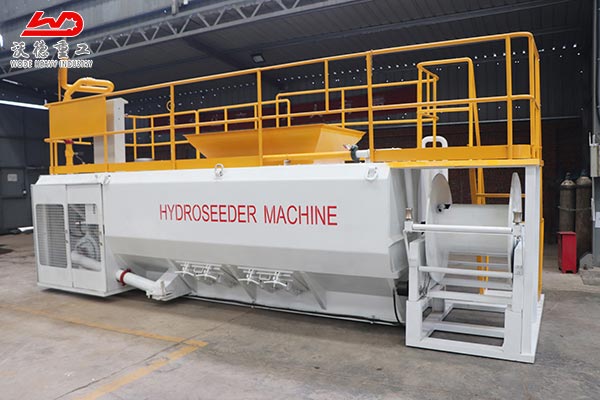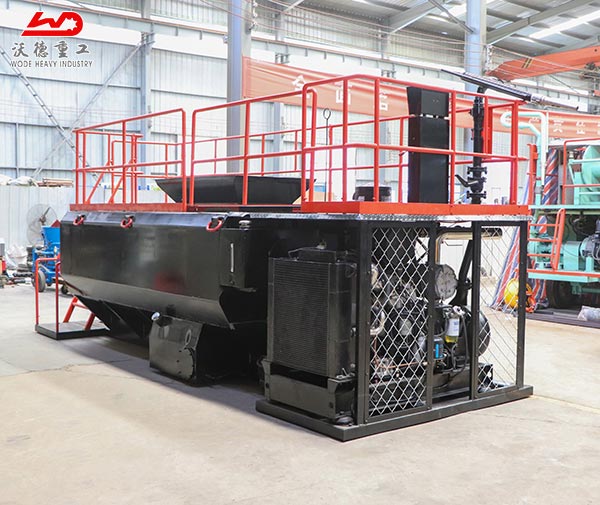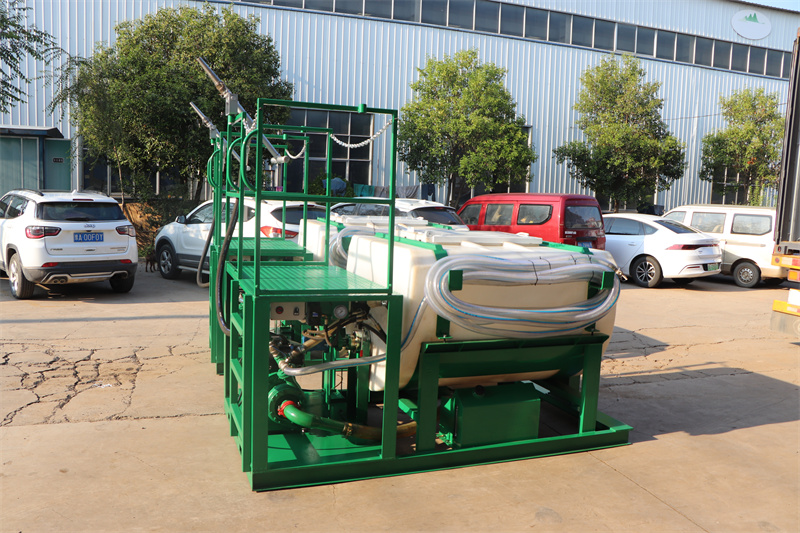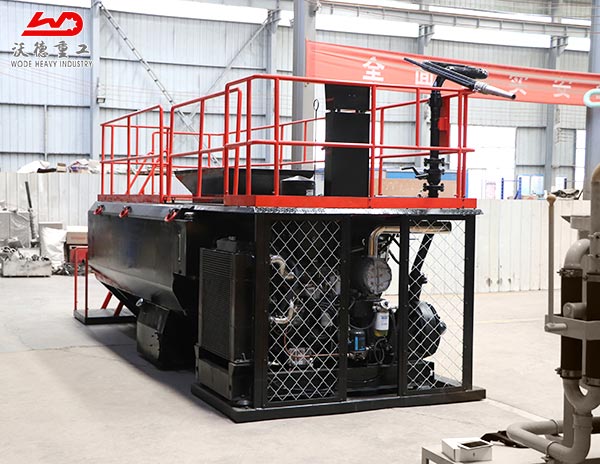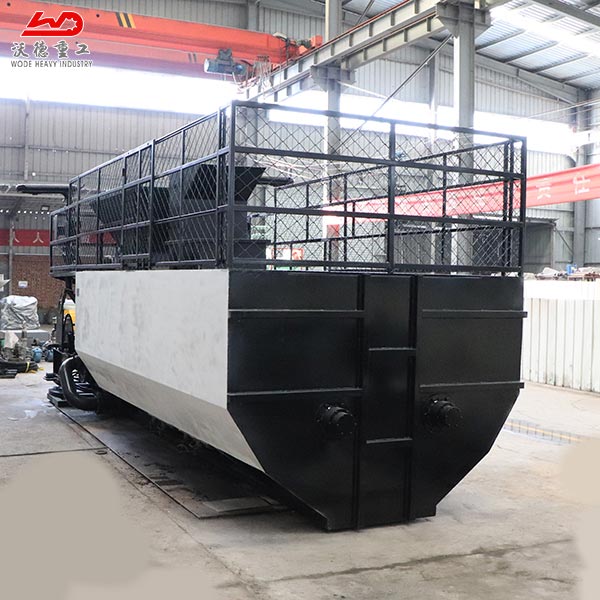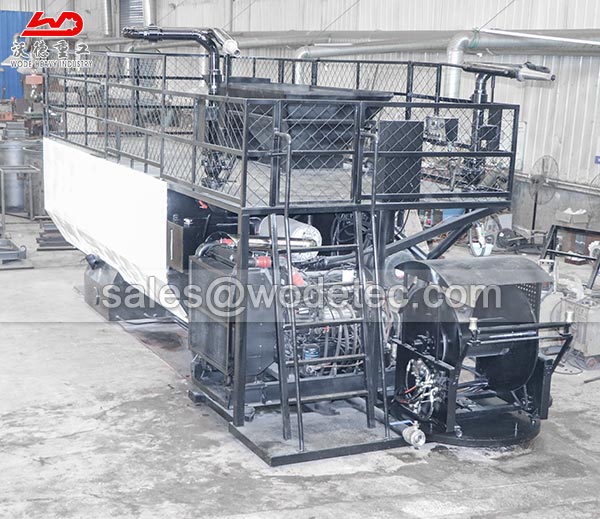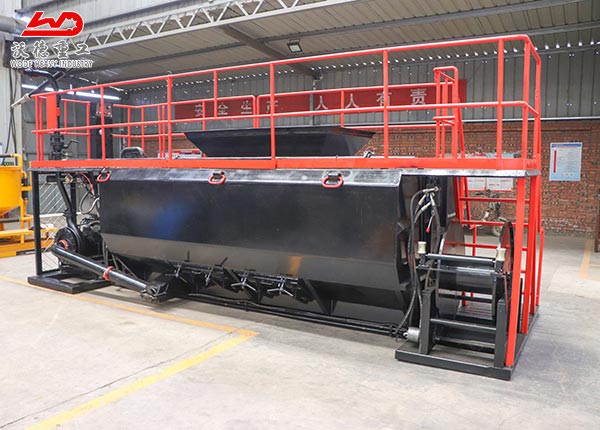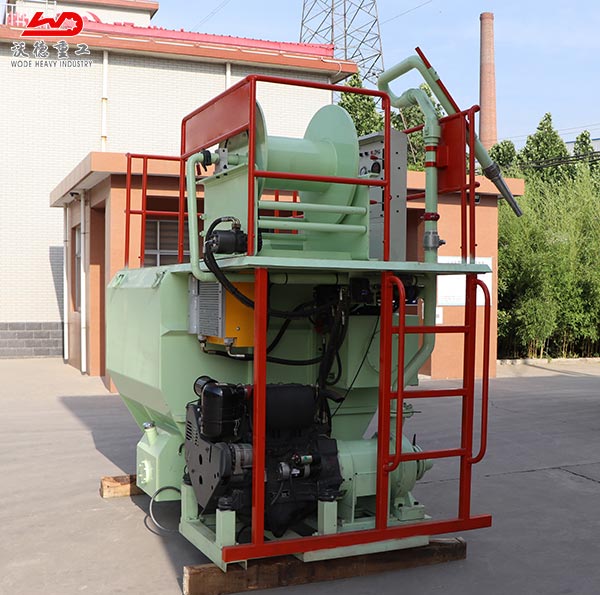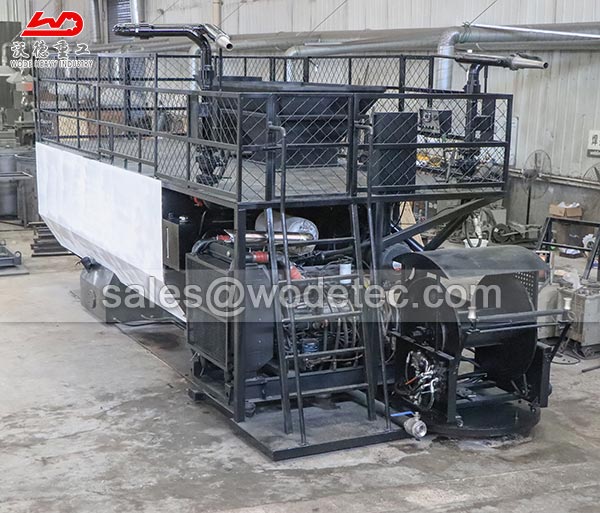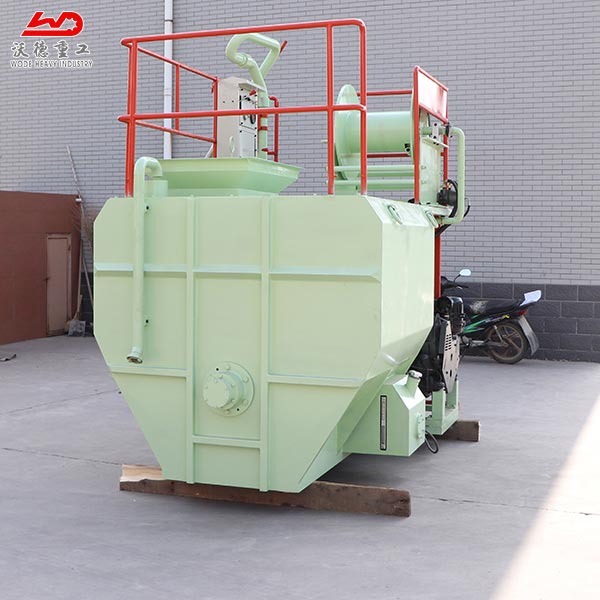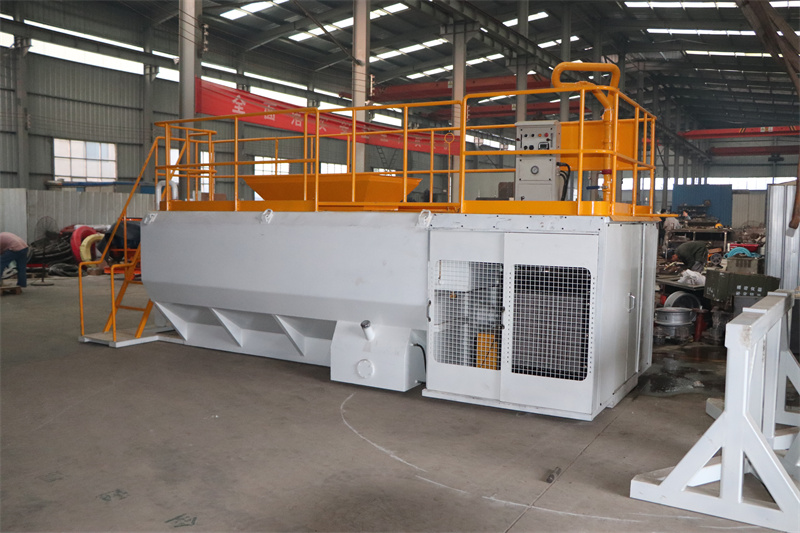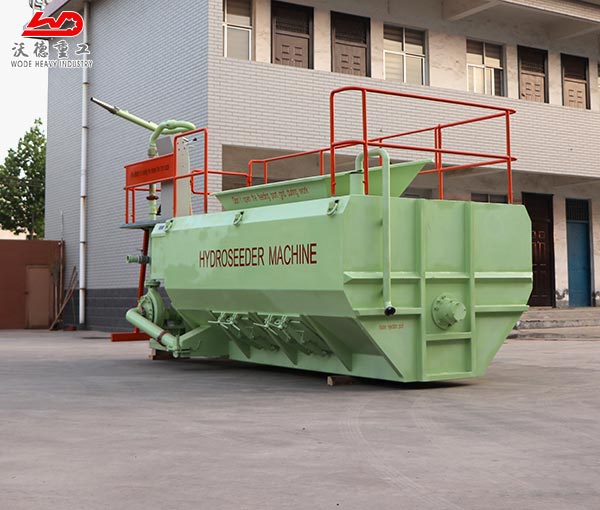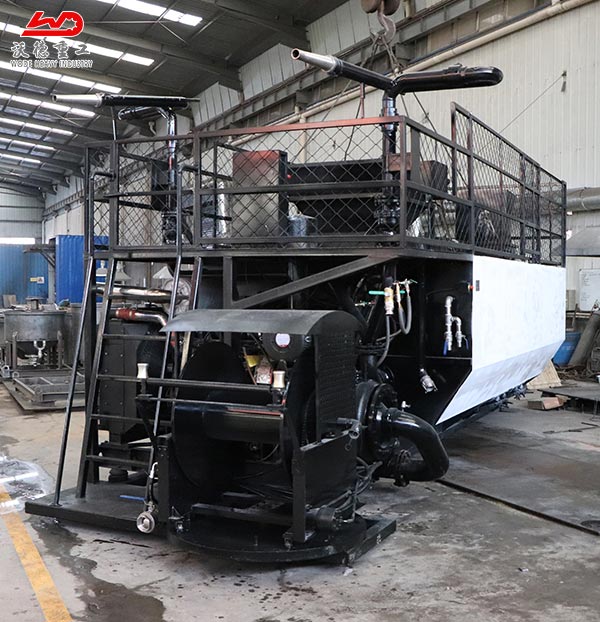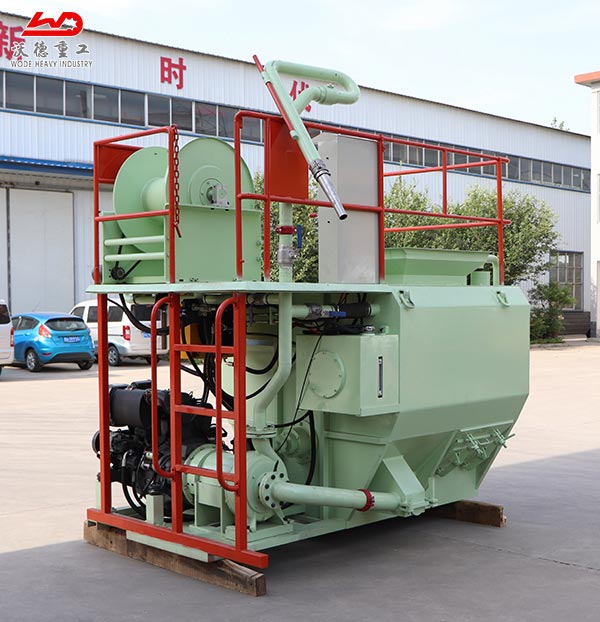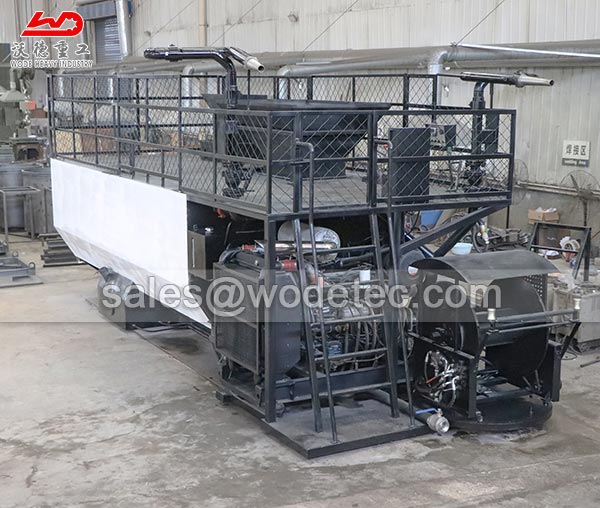High Wound Mountain Ecological Repair Equipment Spray Seeding Machine
Because of its efficiency, cost-effectiveness and ability to promote the healthy growth of plants, the High Wound Mountain Ecological Repair Equipment Spray Seeding Machine has gained remarkable popularity in the fields of landscaping and erosion control. The High Wound Mountain Ecological Repair Equipment Spray Seeding Machine, also known as hydraulic mulcher or hydraulic seeder, is a special equipment for spraying the slurry mixture of seeds, mulch, fertilizer and water on the ground. Slurry is made by mixing these ingredients in a large tank, then pumped through a hose and sprayed evenly on the required area using a nozzle.
Because of its efficiency, cost-effectiveness and ability to promote the healthy growth of plants, the High Wound Mountain Ecological Repair Equipment Spray Seeding Machine has gained remarkable popularity in the fields of landscaping and erosion control. The High Wound Mountain Ecological Repair Equipment Spray Seeding Machine, also known as hydraulic mulcher or hydraulic seeder, is a special equipment for spraying the slurry mixture of seeds, mulch, fertilizer and water on the ground. Slurry is made by mixing these ingredients in a large tank, then pumped through a hose and sprayed evenly on the required area using a nozzle.
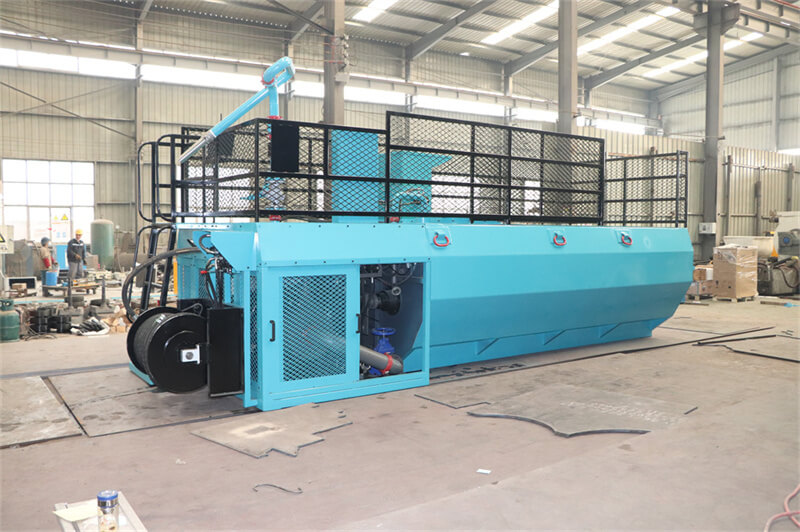
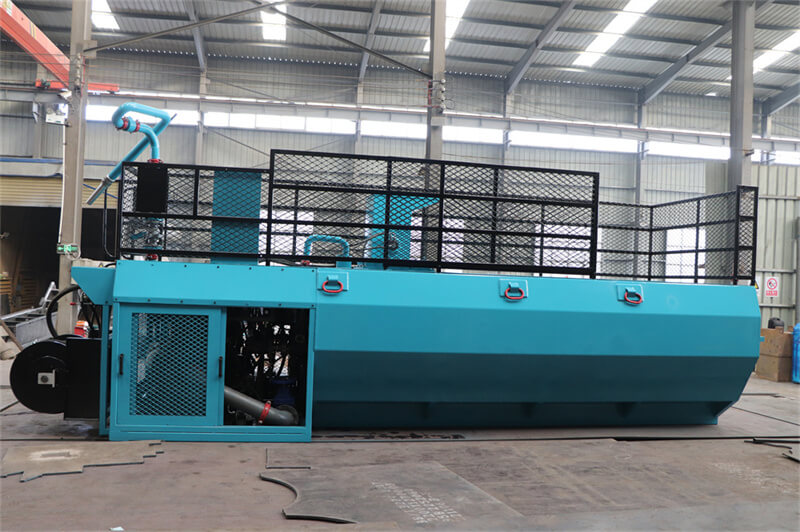
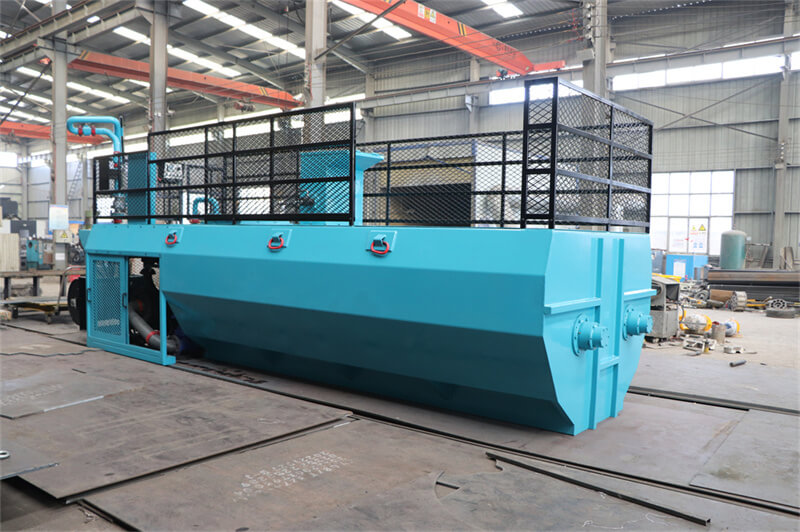
Functions and components
Hydraulic sprayers come in various sizes and configurations, from small portable devices to large vehicle-mounted systems. However, they usually consist of the following key components:
1. Container: The main container for storing the mixture of seeds and mulch, usually made of durable materials, such as steel or polyethylene.
2. Pump: responsible for pressurizing the mud mixture and propelling it through hoses and nozzles.
3. Hose and nozzle: The hose is used to transport mud from the storage tank to the nozzle, and the nozzle evenly distributes the mixture to the required area.
4. Agitator: Ensure continuous mixing of mud in the tank, prevent sedimentation and ensure consistent application.
5. Control panel: allows the operator to adjust the flow rate, pressure and other parameters to achieve the best effect.
Benefits and advantages
Compared with the traditional sowing method, the hydraulic sprayer has several advantages, which makes it the first choice for landscaping and erosion control projects:
1. Cost-effectiveness: Compared with traditional turf sowing or manual sowing methods, hydraulic sowing is a more cost-effective solution. It requires less man-hours, reduces the cost of materials and minimizes the need for soil preparation.
2. Erosion control: The mud mixture sprayed by the hydraulic sprayer forms a protective layer on the soil to prevent erosion caused by wind, rain and other environmental factors. This is especially useful for slopes, dams and erosion-prone areas.
3. Faster germination and growth: The process of hydraulic sowing ensures better contact between seeds and soil, and provides an ideal environment for seed germination and root development. This leads to faster and more uniform growth compared with conventional methods.
4. Multifunctional: The hydraulic sprayer can be used in many applications, including lawns, golf courses, sports fields, highway slopes, mine reclamation and land restoration projects. They can adapt to different seed types, covering materials and additives, allowing customized solutions.
Application scenario
The versatility of the hydraulic sprayer makes it suitable for various landscaping and land restoration projects, including:
1. Residential and commercial lawns: Hydraulic spray seeding is an effective and economical method to establish lush and green lawns in a short time.
2. Erosion control: Hydraulic spray seeding is widely used to prevent soil erosion in slopes, dams, construction sites and disturbed areas.
3. Golf course and sports ground: Hydraulic seeding ensures uniform grass coverage and faster establishment, and provides a well-maintained sports ground.
4. Land reclamation and restoration: Hydraulic spray seeder plays a vital role in restoring disturbed land (such as mining site) by promoting vegetation growth and restoring ecological balance.

